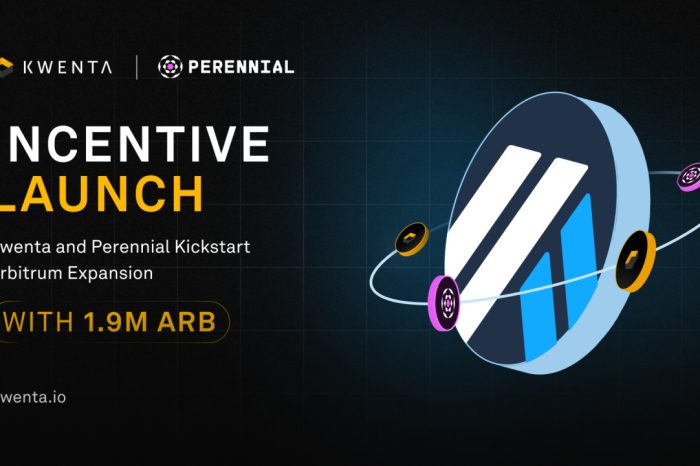As the law changes on machine safety so will the design philosophy required to achieve a safe system. I recently attended a training course on safety PLC’s and was initially shocked that we were moving away from traditional techniques. Over the years I have been involved in designing and commissioning many safety systems, some good some not so.
So what will the new legislation mean to people like me, firstly forget the hard wired interlock? Yes that’s right all the knowledge you have just forget. This took a while to sink in but once you think about it you can start to see the advantage – fault tolerance, previously we needed to add a lot of wiring and quite complex circuits to achieve fault tolerance and in most cases a fault would not be detected, it would require on a weekly/monthly safety check to ensure an out of position device would not reset.
How often did these checks get carried out?
By introducing a safety controller we can make the check happen and record the results!
Wiring, when designing a circuit I would always wire back each E-Stop to the main panel MCC, this was often criticized, for the installation and wiring costs but at least the technician would have a starting point when trying to diagnose problem on a safety circuit. Often though this is not the case and one plant I recently worked on had over 60 E-Stops all wired in series, imagine a broken wire on that circuit. With safety PLC’s this is no longer a problem as remote inputs and out puts can be used ensuring coded pulses prevent crossed channels and fault diagnosis can be fed straight back to the PLC we are no longer relaying on aux wiring the safety wire is now the feedback.
So am I sold? Yes I guess I am and with correct implementation hopefully more robust systems can be implemented, that not only make plants more reliable but protect people.
My only concern now is convincing a client.










